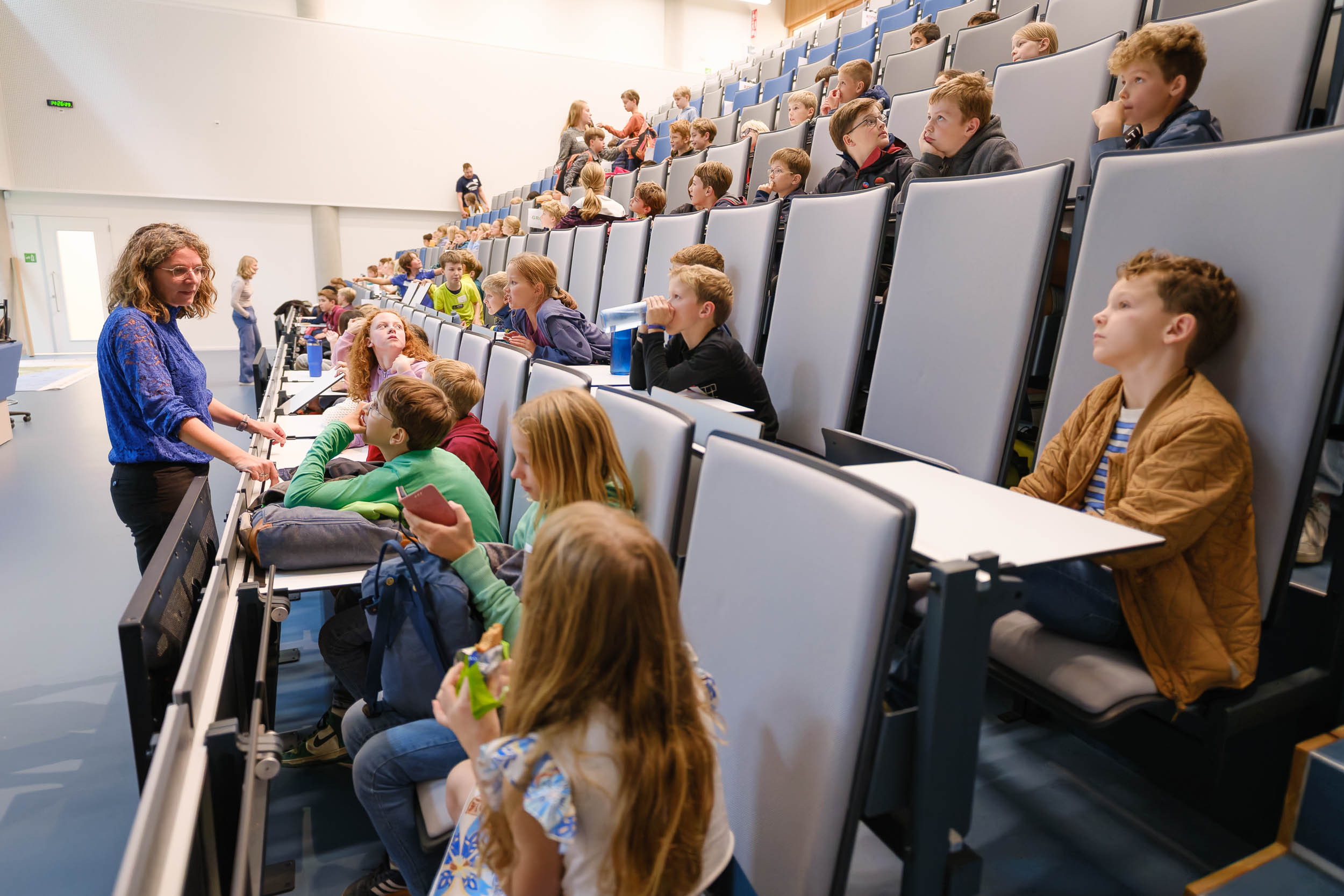Bees are useful pollinators. But bees are capable of more than that. They also have excellent detection skills. Researcher Klaas van Rozen (Field Crops, Lelystad) intends to use this skill to detect diseased seed potatoes. His idea is one of ten projects that have been awarded funding through the Biodiversity-positive Food Systems investment theme.
The disease concerned is the PVY virus, the potato virus Y. This is the single most important virus affecting seed potato farmers. The virus is spread to seed potatoes by aphids. The infection eventually causes discolouration and disfigurement of the leaves, Van Rozen explains. But not always. ‘This depends on the breed, the virus strain and the growth season stage.’
Sprayed
Damage to seed potatoes means financial damage. Thus, the cultivator invests considerable funds and efforts in preventing the disease. Van Rozen: ‘There is intensive selection, weekly spraying with mineral oils and intermittently with insecticides to keep the aphids at bay and protect the plants. The inspection service inspects the fields, and the tubers are also checked after the harvest.
Klaas van Rozen, Field Crop researcher, WUR-Lelystad
Too many infected plants or tubers cause entire batches to be rejected. Early detection is this essential for the farmers. Infected plants are detected and removed by hand. ‘Having a system to remove infected plants in the field or during the after-harvest inspection would be useful’, says Van Rozen.
Wild cards
Biodiversity-positive Food Systems is one of WUR’s updated Strategic Plan’s investment themes. A part of the investment is allocated to so-called wild cards: innovative small-scale research. Of the 47 submitted proposals, 10 were honoured, with a joint budget of 200,000 euros. The bee study is to receive 42,000 euros in funding.
This is where the bee might come in handy. Van Rozen intends to train bees to detect affected plants. To this end, he will enlist the help of Wageningen’s BeeSense. They will train bees to raise the alarm if the virus is detected through classical conditioning (the Pavlov effect). The training uses the bees’ well-developed sense of smell.
Aromas
‘The virus alters the plant’s cell structure’, Van Rozen explains. ‘The plant subsequently emits aromatic substances which the bees are trained to detect. The bee does not detect the virus itself.’ The experiment is first to prove the principle works. Once this is established, field experiments must determine whether the method is feasible in practice.

 Photo Shutterstock
Photo Shutterstock 

